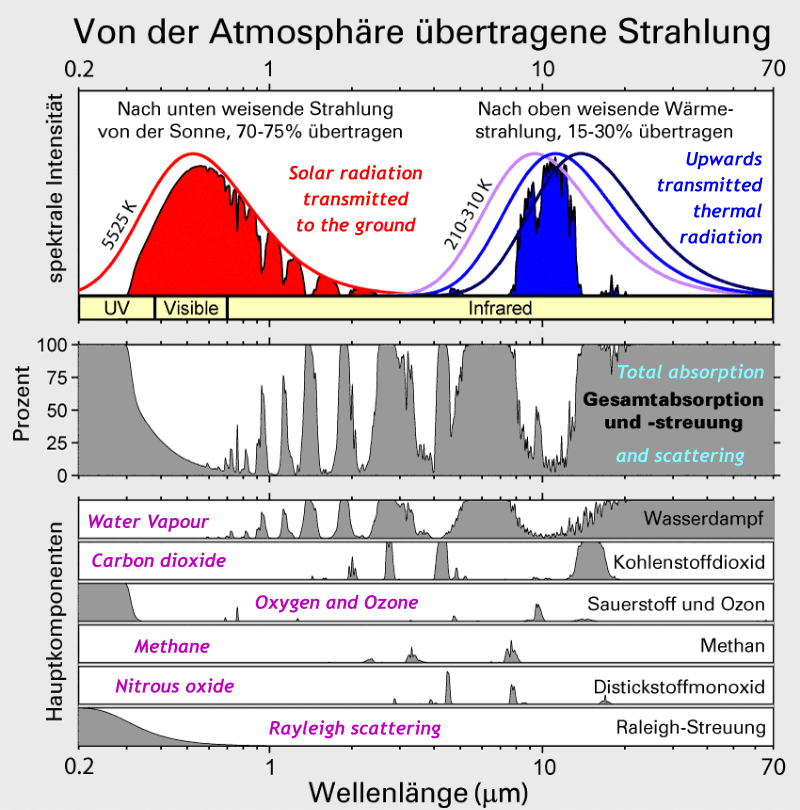We have over the years read of paintings by chimpanzees, but
could they be art critics also?
A recent article has appeared, outlining
evidence that many cognitive tasks the we take to be a function of our human
intelligence can be performed just as well (or even better) by chimpanzees. Here are links to two versions of the
article:
We’ve been having a lot of interesting items here on Science 2.0 coming from an Anglo-Oz joint venture called The Conversation,. One that struck me most forcibly has been Masculinity And Terror: The Missing Conversation, linked to a paper When Ba
Alerted by an announcement in several British newspapers, for example Honeysuckle tea could fight flu, Boiling honeysuckle releases molecule which can help fight influenza virus, study suggests, I started digging deeper. Although it has not yet appeared in the literature, I did find the following EurekaAlert:

was the title of a history book I had as a boy. Good things, in their way — without them, I wouldn’t be able to sit here talking to you all and meeting some very interesting people online. But some decidedly unpleasant customers do all too often hitch a ride.

I have just downloaded a paper featuring some research from the University of Durham and our own School of Biological Sciences here at Reading:
In 1986, an expedition off the South-East coast of Australia near Tasmania, from depths of between 400 and 1,000 metres, brought up some jelly-like creatures, which were seen to be unusual and immediately preserved in ethanol. Now they have been examined, and assigned to a new genus Dendrogramma (from their resemblance to a tree diagram), with two species D. enigmatica and D. discoides.
 Betelgeuse, Gamow, and a Big Red Horse
Betelgeuse, Gamow, and a Big Red Horse Climate Change, the Walrus and the Carpenter
Climate Change, the Walrus and the Carpenter A Very Large Hadron Collider?
A Very Large Hadron Collider?












